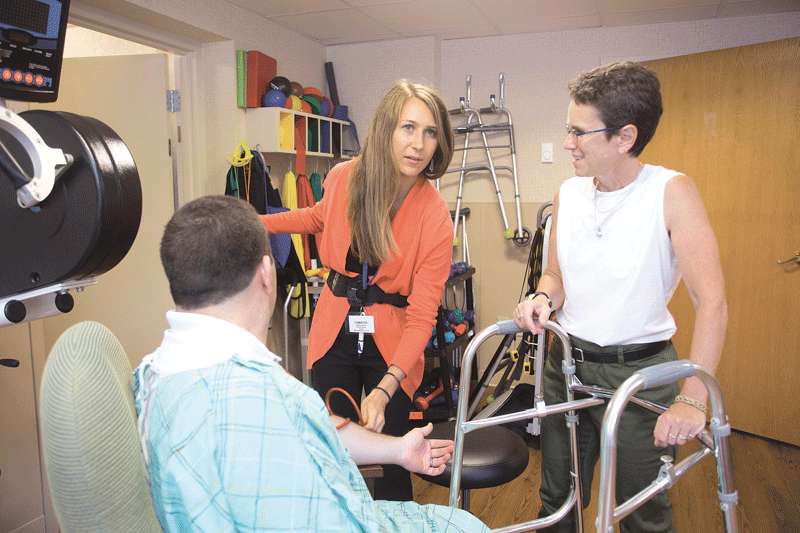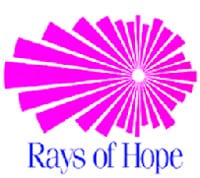Baystate Named a Top 100 Hospital for Safe, High-Quality Care, Value
SPRINGFIELD — Baystate Medical Center ranks among the top 100 hospitals in the nation for safe, high-quality care and value, according to global information provider Thomson Reuters.
The Thomson Reuters 100 Top Hospitals® study (www.100tophospitals.com) evaluates performance in 10 areas: mortality; medical complications; patient safety; average patient stay; expenses; profitability; patient satisfaction; adherence to clinical standards of care; post-discharge mortality; and readmission rates for acute myocardial infarction (heart attack), heart failure, and pneumonia. The study has been conducted annually since 1993.
“There has never before been greater scrutiny on the quality and value of the care provided in America’s hospitals, and rightly so,” said Dr. Evan Benjamin, senior vice president of Healthcare Quality for Baystate Health. “This honor is yet another data-supported affirmation of the success we have had in ensuring that the quality of care delivered at Baystate Medical Center is second to none.”
The latest Thomson Reuters honor bolsters Baystate Medical Center’s growing trove of national recognitions. In the past year alone, the Springfield teaching hospital has been named a Leapfrog Top Hospital for safety and quality, a Cleverly Associates Top 100 hospital for community value, a Thomson Reuters Top 50 cardiovascular hospital, and a HealthGrades Distinguished Hospital for Clinical Excellence.
Just as quality of care and patient experience have taken growing prominence as the national conversation about the future of health care has progressed, the value of care provided — the cost-effectiveness of health care expenditures and processes — is also an increasing area of focus. The Thomson Reuters study demonstrates that health care dollars spent at Baystate Medical Center are among the best-spent in the nation: the quality of care provided and the accompanying positive patient outcomes, combined with Baystate’s relatively lower costs compared with similar hospitals in the region, mean that patients are receiving care that is among the highest value in the U.S.
“With more focus than ever on health care spending, we are constantly evaluating and working to enhance the value and cost-effectiveness of the care we provide,” said Benjamin.
To conduct the study, Thomson Reuters researchers evaluated 2,914 short-term, acute care, non-federal hospitals. They used public information — Medicare cost reports, Medicare Provider Analysis, and Review (MedPAR) data, and core measures and patient- satisfaction data from the Centers for Medicare and Medicaid Services (CMS) Hospital Compare http://www.hospitalcompare.hhs.gov/hospital-search.aspx?AspxAutoDetectCookieSupport=1 Web site. Hospitals do not apply, and winners do not pay to market this honor.
“This year’s 100 Top Hospitals award winners have delivered exemplary results, despite volatility from health care reform,” said Jean Chenoweth, senior vice president at Thomson Reuters.
“The leadership teams at these organizations have dealt with enormous ambiguity, yet remained focused on mission and excellence across the hospital, which drove national benchmarks to new highs.”
If all Medicare inpatients received the same level of care as those treated in the award-winning facilities:
- Nearly 116,000 additional patients would survive each year;
- More than 197,000 patient complications would be avoided annually;
- Expense per adjusted discharge would drop by $462;
- The average patient stay would decrease by half a day.
If the same standards were applied to all inpatients, the impact would be even greater.



Comments are closed.